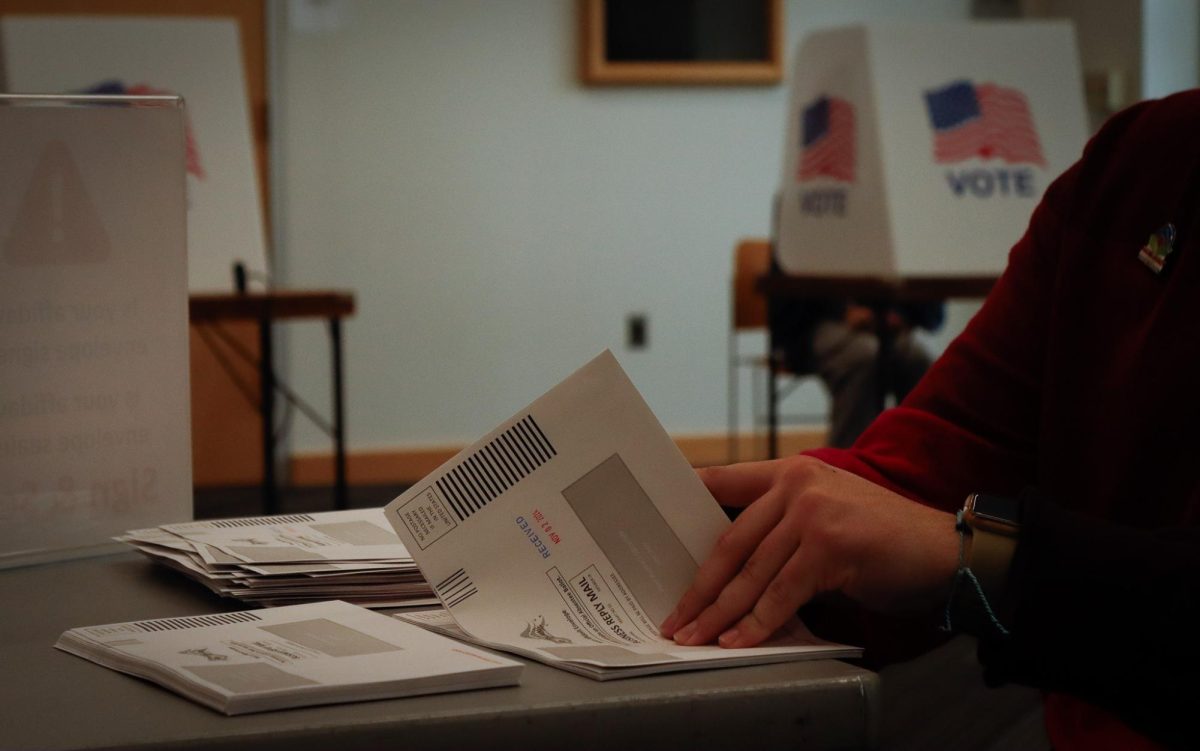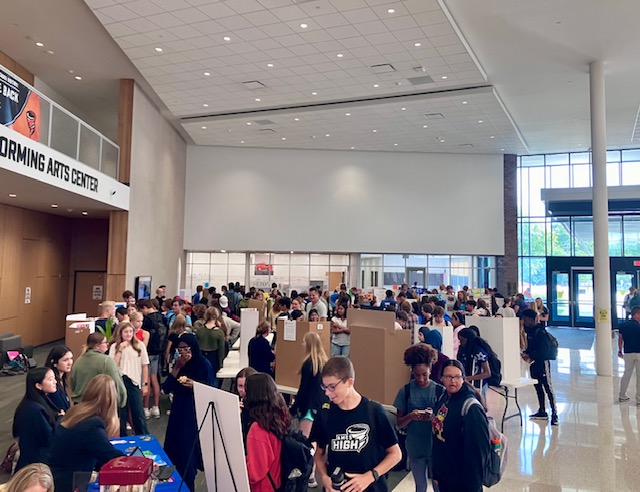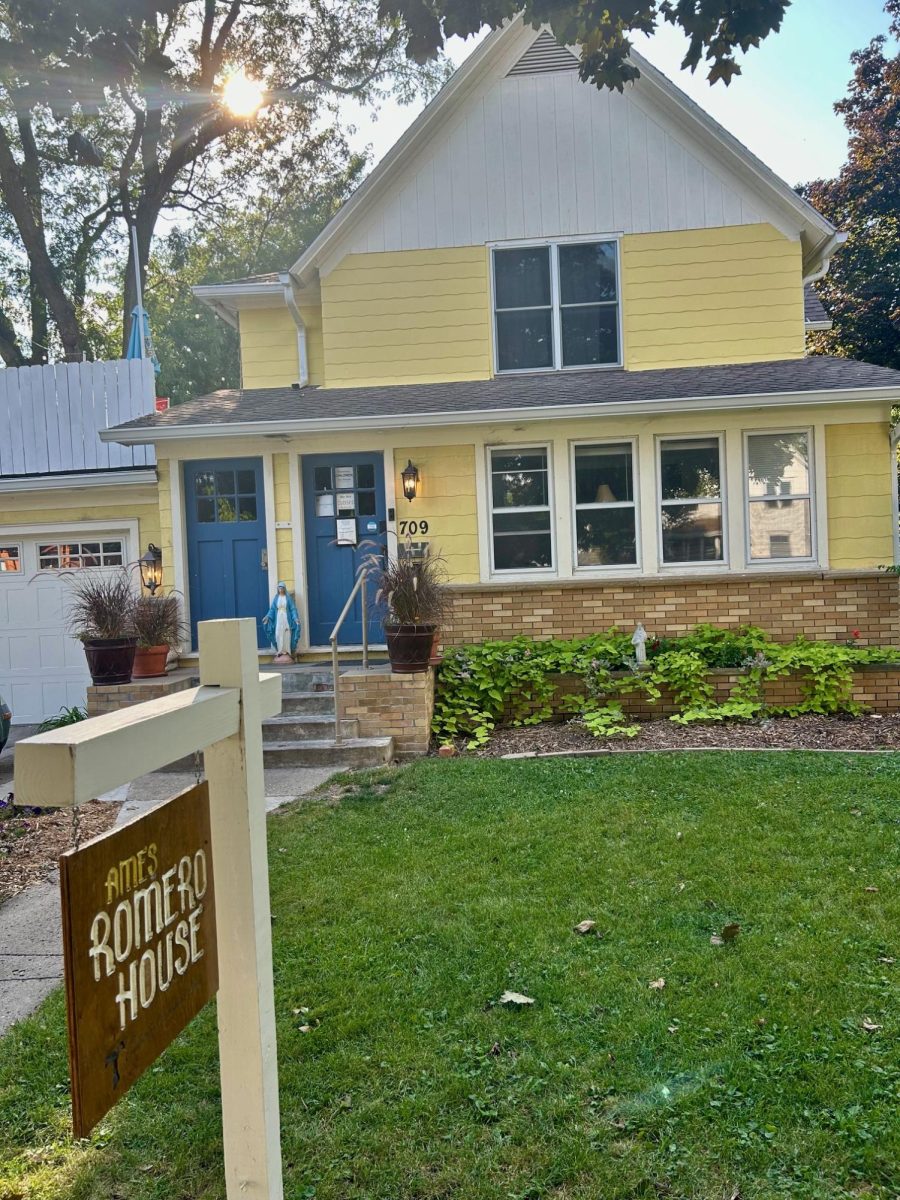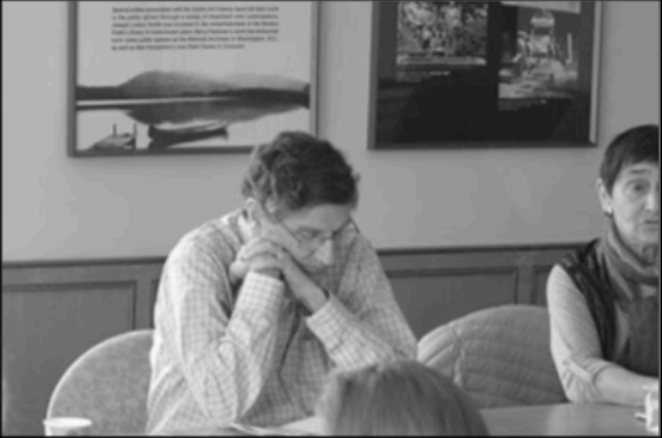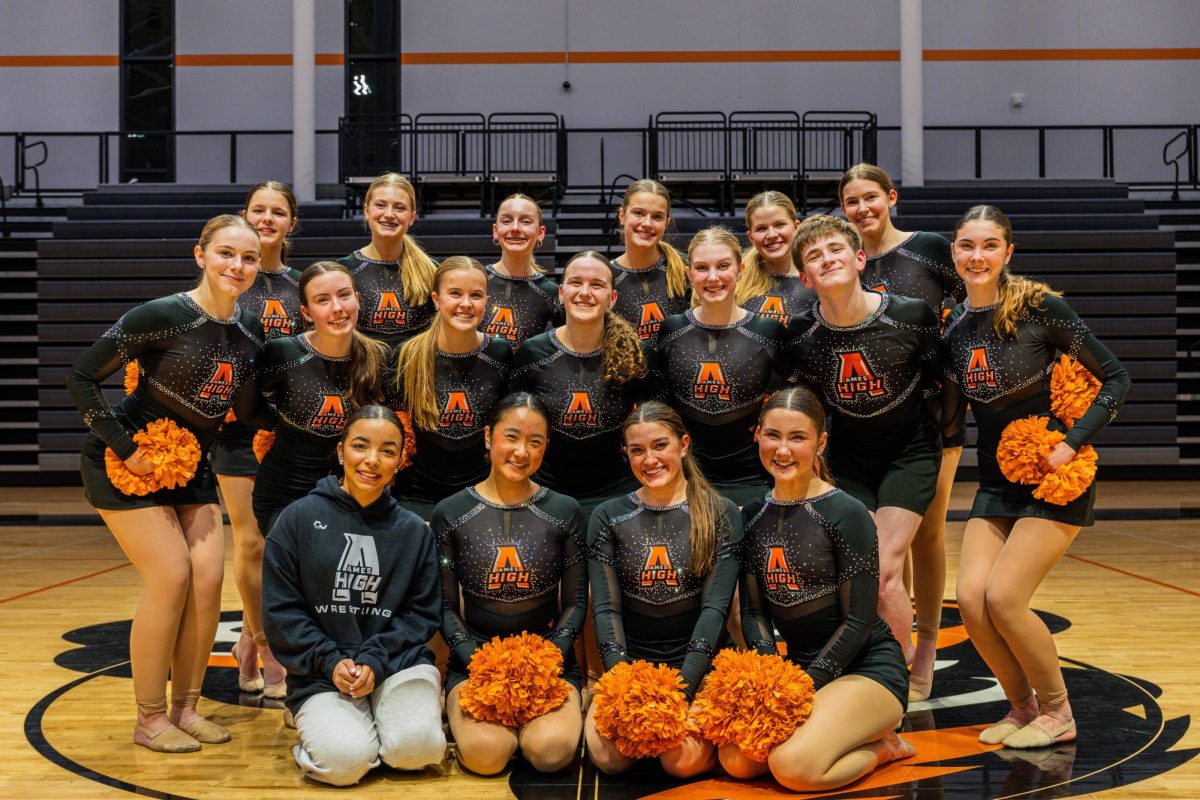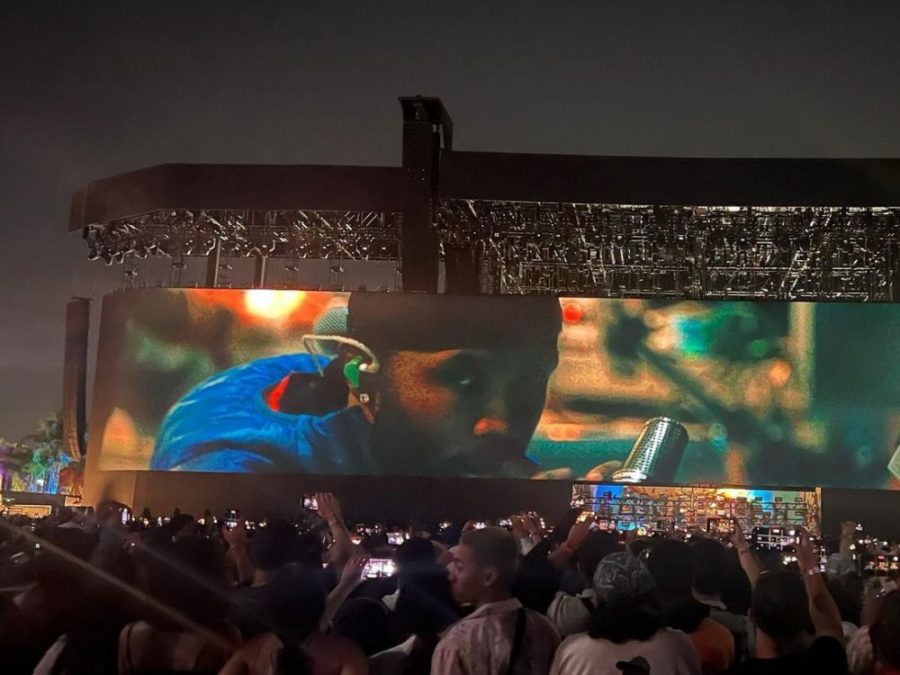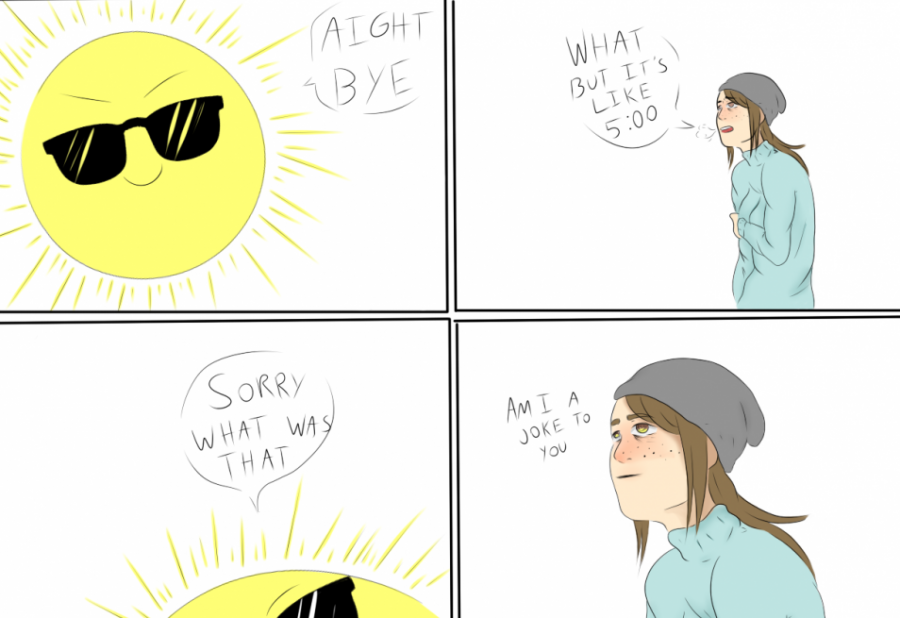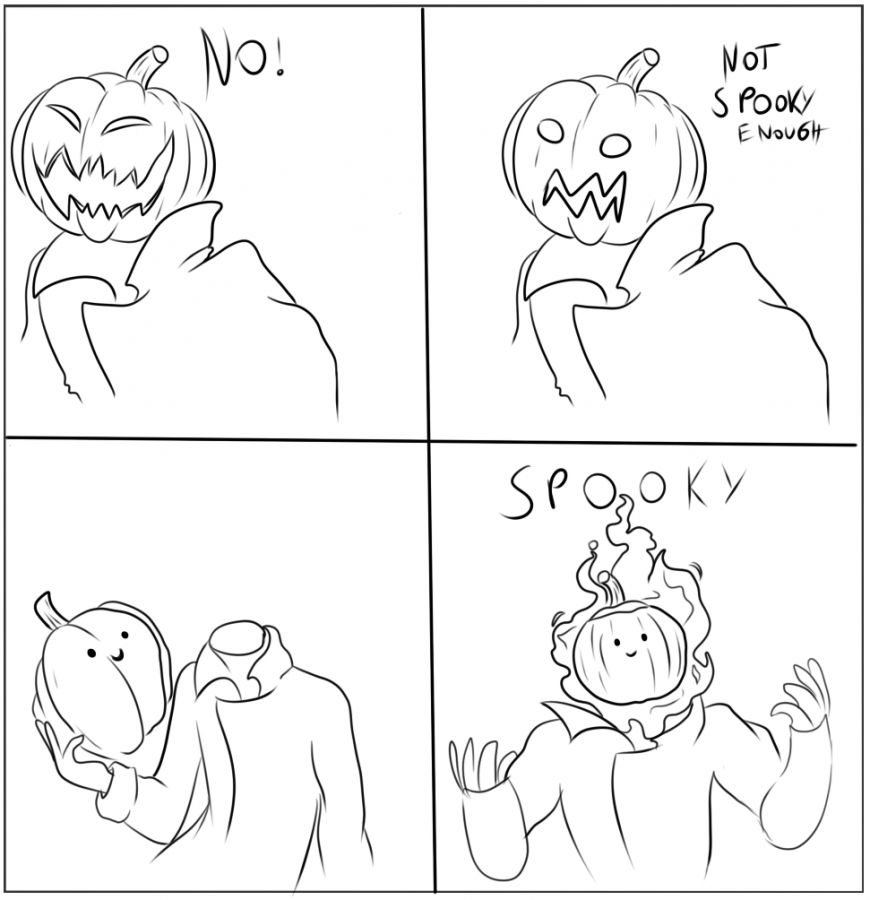The Outside World: Beyond the Ames Bubble
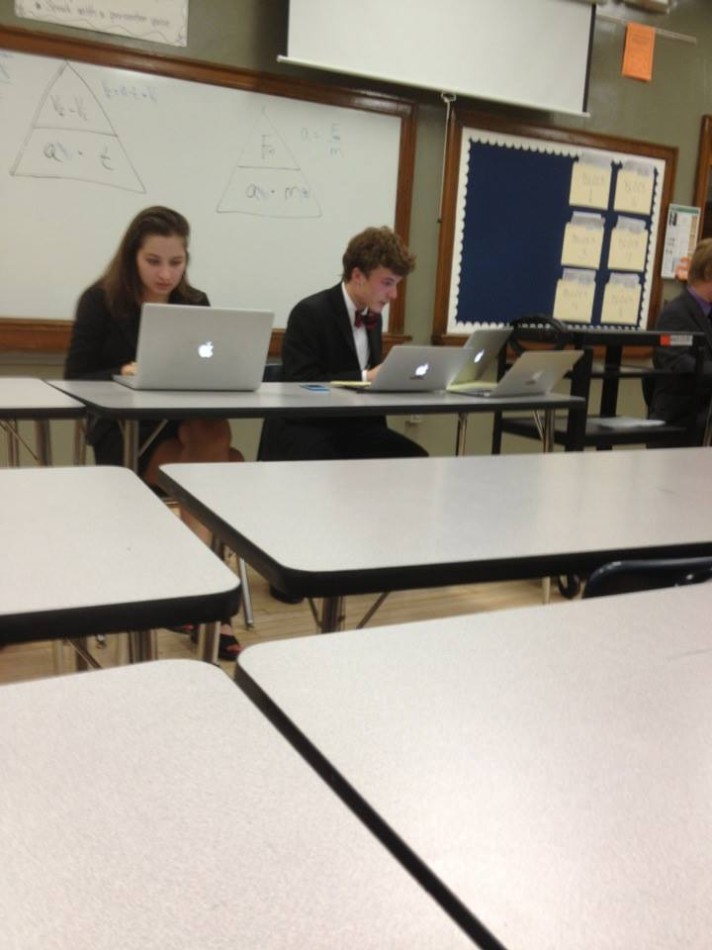
During my sophomore year, one Ames High teacher claimed that we weren’t living in the real world. He claimed that Ames consists of a couple square miles, bordered by Boone County, Ada Hayden, I-35 and I-30, essentially in a bubble from the rest of the world. As one weekend this January showed me, that teacher was entirely correct.
Before going into the real world, the bubble needs to be explained. Consider the top 8 organizations that have jobs in the city: Iowa State, the Department of Transportation, 2 health organizations, Sauer-Danfoss, Ames Schools, the City of Ames, and the National Centers for Animal Health. This means we have an unusually large number of highly-educated white-collar workers in a mid-sized Midwestern city. As a result, Ames’s identifiable culture stresses education, diversity, achievement, and generally liberal values.
But as you might expect, these are the result of highly unusual circumstances, something I am forcibly reminded of. A few weeks ago, a friend of mine invited me up to Lake Okoboji for the weekend. During the long car ride, a few things became apparent. Firstly, the farther from central Iowa you are, the higher the proportion of trucks on the road. Strongly correlated is the number of truck nuts, anti-Obama stickers, camo jackets, flatbeds. These came as a mild surprise.
Soon after getting to the condo where we would be staying, it seemed like a good idea to get food somewhere. Naturally, we chose The Ritz. I ate cheese pizza at the Ritz. The bar had a sign saying “We don’t call 911” on the ceiling. Is this heaven? No, it’s Iowa.
My tone might be taken as condescending, even rude. This is not my intent. The fact is that, broadly speaking, rural America has a much different culture compared to Ames and other affluent, educated communities. For example, one man threatened to make the owners of a different condo sell by purchasing one of the units and “sticking a bunch of Mexicans in there to smoke [the owners] out”. And intriguingly, racial slurs were heard sparingly but the statement “Blacks don’t like to work” and “Mexicans have too many kids” were readily agreed to. It seemed like nobody would admit to being even remotely racist.
Obviously, it’s not fair to paint a little-UN ideal of Ames and contrast it with the image of a bigoted, backwards rural monoculture. We have our own homegrown racism, such as the reaction to Section 8 housing by some parts of the town, and areas like Okoboji have their neighborly care. But a combination of forces including economic conditions for low-skilled workers, the weakening of local community institutions, and the effects of inequality are undoubtedly the cause of a good deal of the separation between different areas of Iowa.
What does this mean for the state? The effects of economic inequality, racial demographic changes and political polarization will lead to a further feeling of marginalization by those who suffer the most-rural, less-educated people. It’s a pretty grim picture overall made worse by the fact that the political system, which had been used in the past to address inequality, seems gridlocked without hope for change.
It seems like the division between the bubble and the outside world will only get larger.
Your donation will support the student journalists of Ames High School, and Iowa needs student journalists. Your contribution will allow us to cover our annual website hosting costs.
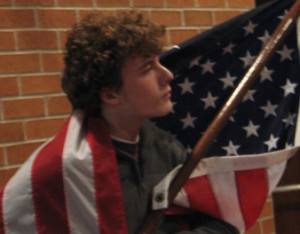
Christopher Jackson is a senior at Ames High School. A three-year member of the Web, he writes about student issues and has been compared alongside his...


